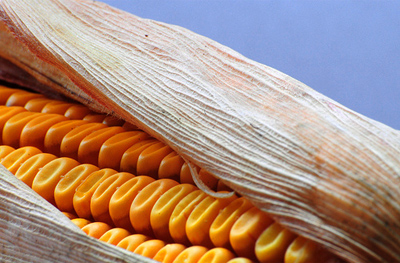
Formenton Otto File
Somewhere it’s called “the King2s corn” afer the fact that King Vittorio Emanuele II, appreciated a lot this kind of cereal and encorauged the production in Piedmont.
In Tuscany, or better in the Lucca district, it’s called “formenton”. In the smallest sectors of history and culture the small corn of this wild cereal are still cultivated. Long and thin, sorrounded by eight ranges – not one more, not one less -of big grain, golden or red depending on the variety.
Once they’re grinded one obtains a rustic flour to prepare several delicious dishes: a classical “polenta” to serve a side of cured meat ad stewed, some cakes and a special bread enriched in zibibbo raisin, even served to accompany cured meat and cheeses.
The seeding is in may, after the ploughing ant the fertilization of the soil.
After the blossoming the young plants are thinned out and harvested manually.
After some 20-30 days of drying, the grains are picked and at last the griding, mainly in the old stone mills of the Valley.
The “ottofile” corn is a characteristic variety nowadays almost lost. Only 250-30 q. are produced every year and sold mostly in the area and in the rest of Tuscany after the growing success of the natural food.
Web-site: www.ottofile.it (only in Italian)




